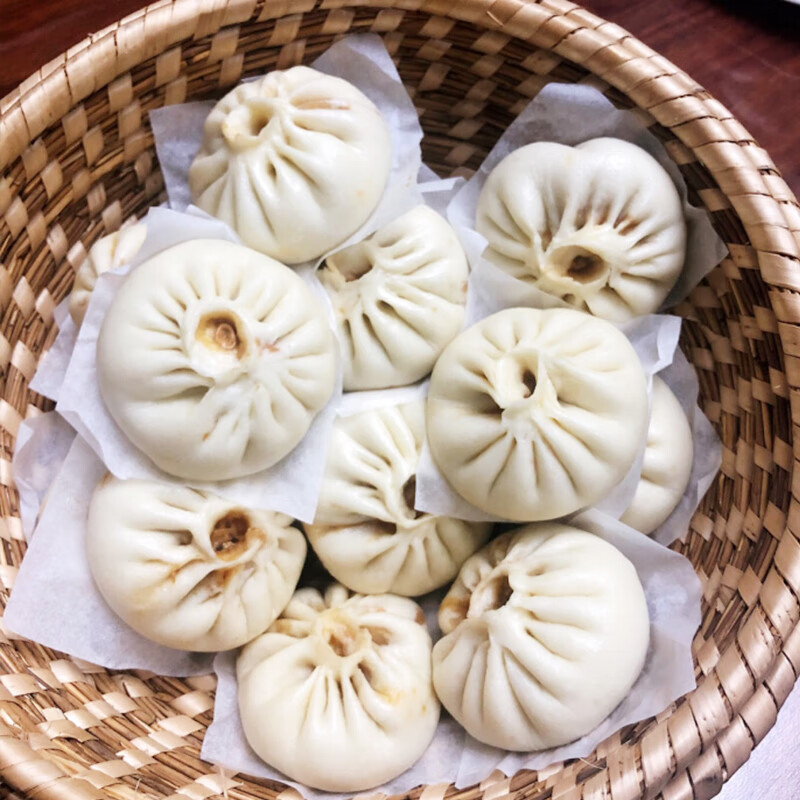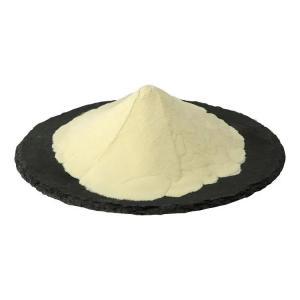Phospholipid Factory Direct Sales, For Flour Products
Time:2024-07-17
Phospholipids play a crucial role in improving the texture and taste of baked goods. Specifically, through their various physicochemical properties and physiological functions, they have a significant impact on the texture, taste, and stability of these products.
The addition of phospholipids makes the dough softer and more extensible, which helps form a finer and more uniform texture in the baked goods. Phospholipids can penetrate between flour particles, forming a lubricating film that reduces friction between gluten strands, thereby enhancing the dough’s extensibility and elasticity.
As an emulsifier, phospholipids can effectively mix water and fats together and maintain a stable emulsion state in baked goods. This helps prevent oil-water separation, ensuring that the baked goods maintain a uniform texture during baking or steaming.
Adding phospholipids also promotes the formation and stability of the gluten network, allowing baked goods to better maintain their shape and structure during fermentation and baking. This helps improve the yield and quality stability of the final products.
Phospholipids improve the softness and fluffiness of baked goods, making them softer and more pleasant to eat. They lubricate the gluten network, reducing dough hardness, and giving baked goods a better mouthfeel.
The emulsifying properties of phospholipids help evenly disperse fats throughout the dough, resulting in a finer and smoother texture in baked goods after baking or steaming. This smoothness enhances the overall flavor and quality of the products.
Phospholipids also have certain antioxidant properties that can slow down oxidation reactions in baked goods, thereby extending their shelf life. This helps maintain the freshness and taste stability of the products, increasing consumer satisfaction.
Phospholipids are commonly used as dough improvers, emulsifiers, and release agents in baked goods. For instance, in making bread, cakes, and cookies, adding the right amount of phospholipids can make the dough softer and more extensible, improving the baking quality of the dough. Additionally, phospholipids can prevent sticking to molds, making it easier to release the finished products. They can also be used to improve the elasticity and extensibility of noodles, dumpling skins, and other dough-based foods, enhancing their texture and quality.
When adding phospholipids to baked goods, the following points should be noted:
·Choose the appropriate type and amount of phospholipids to ensure a positive impact on the texture and taste of the baked goods.
·Comply with relevant regulations and safety standards to ensure that the use of phospholipids meets food safety requirements.
·Pay attention to the synergistic effects with other additives to avoid adverse reactions or negative impacts on the quality of the baked goods.
Phospholipids play an important role in improving the texture and taste of baked goods. Proper addition can significantly enhance the quality and taste of these products, meeting consumer demands.


 CN
CN





